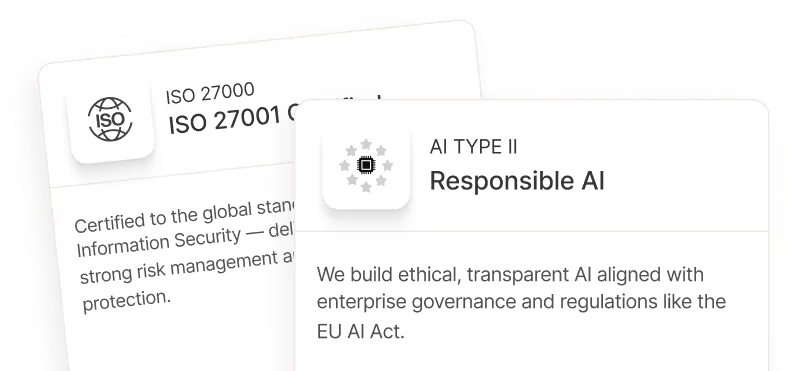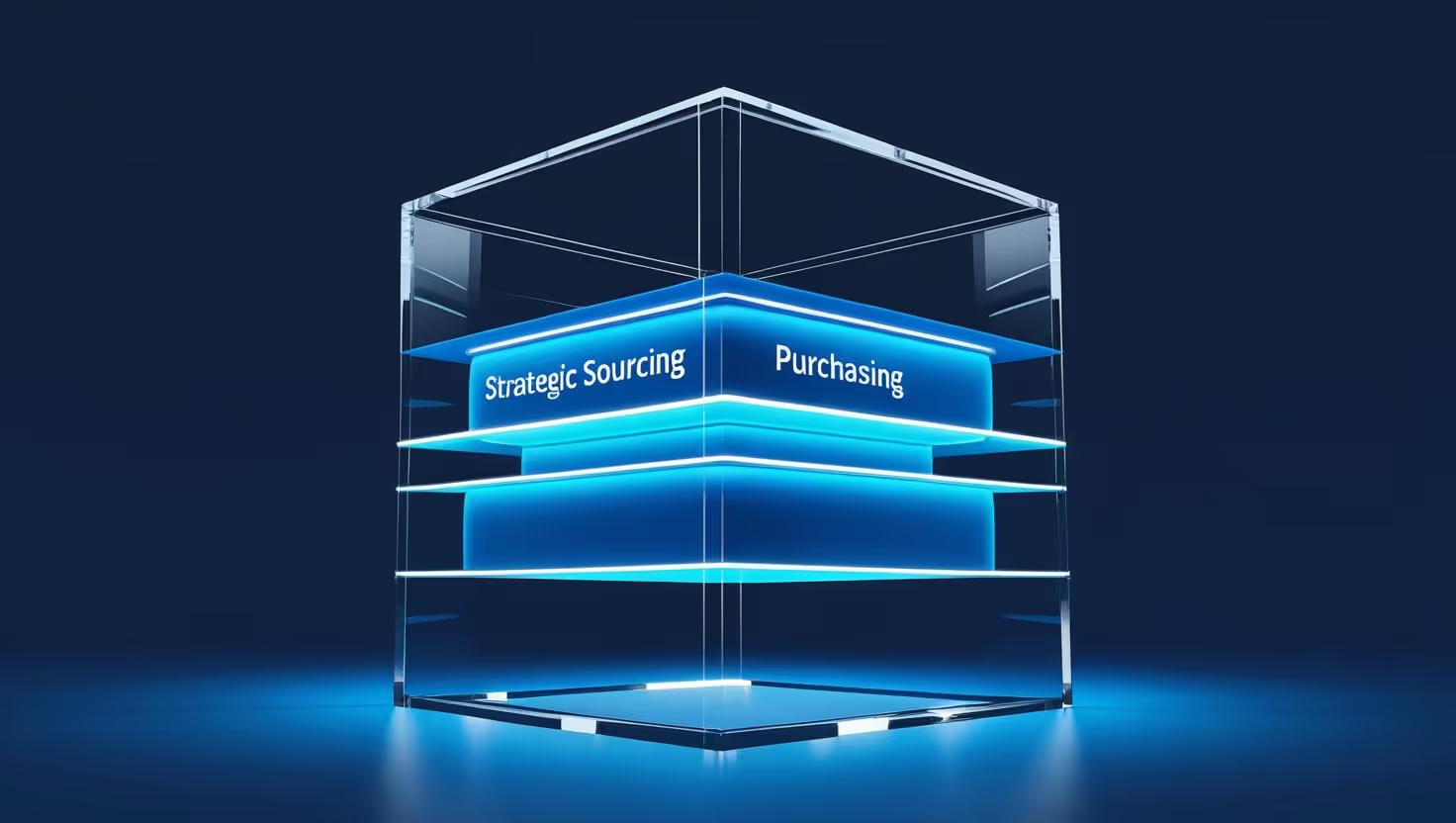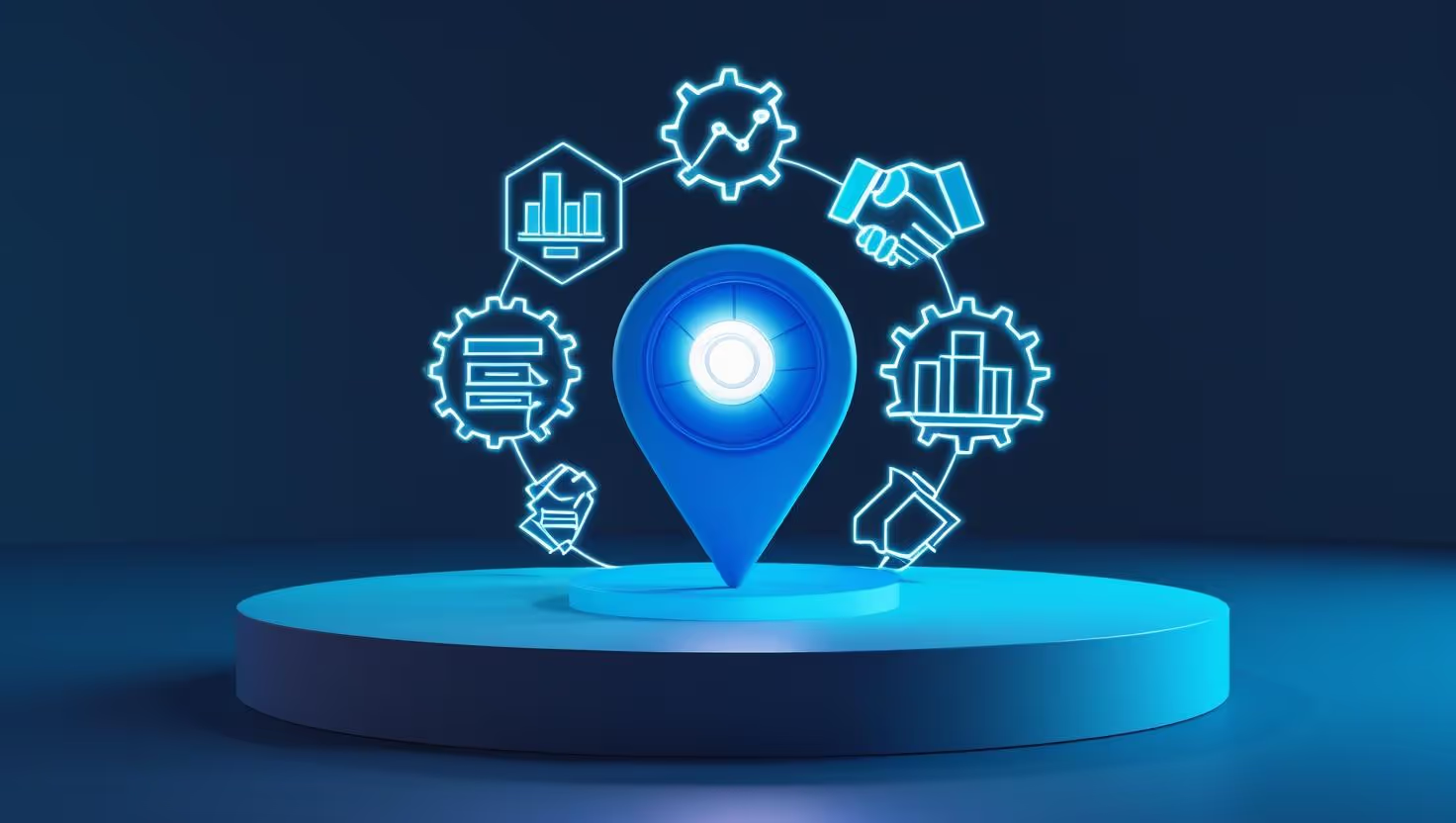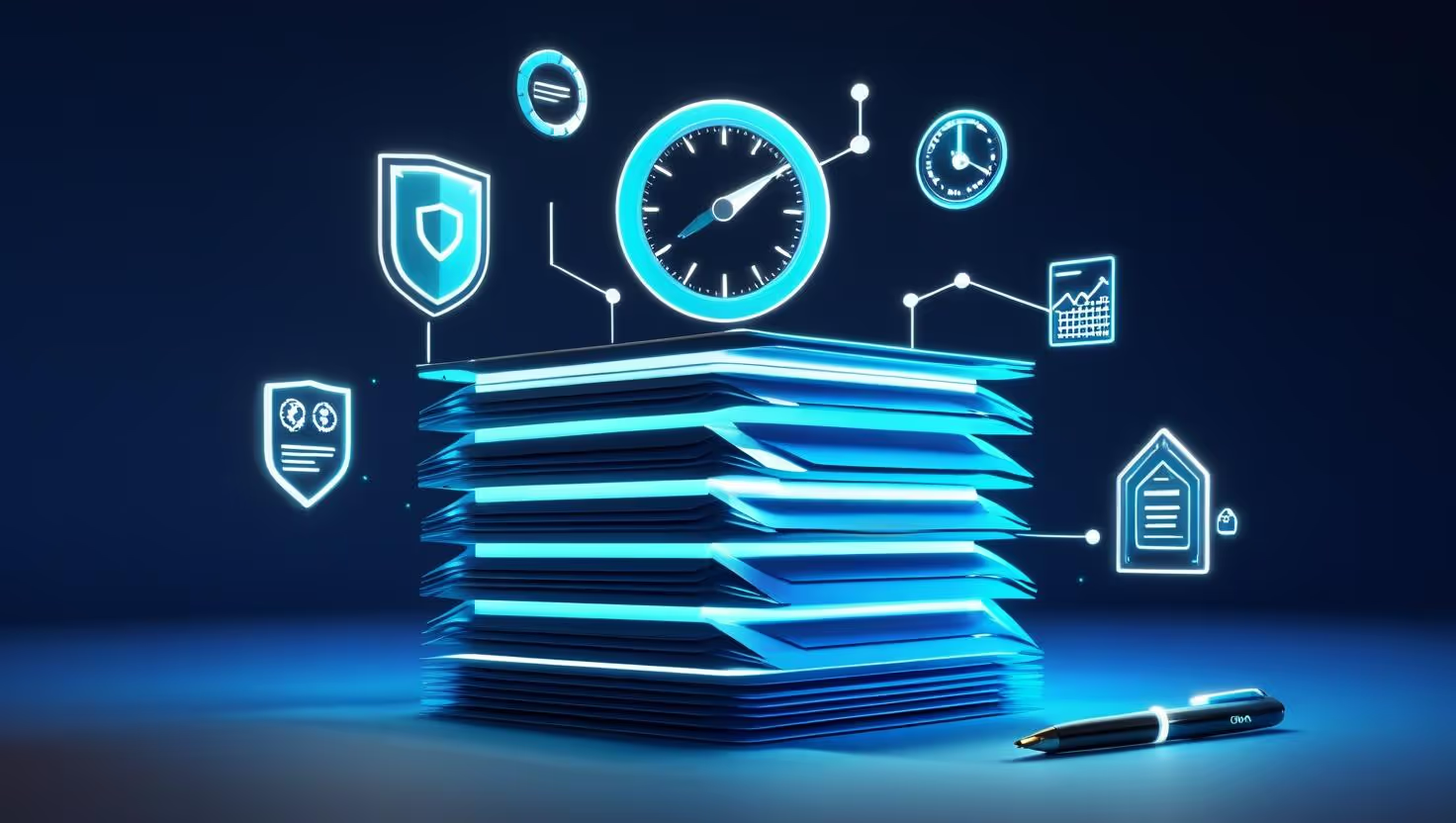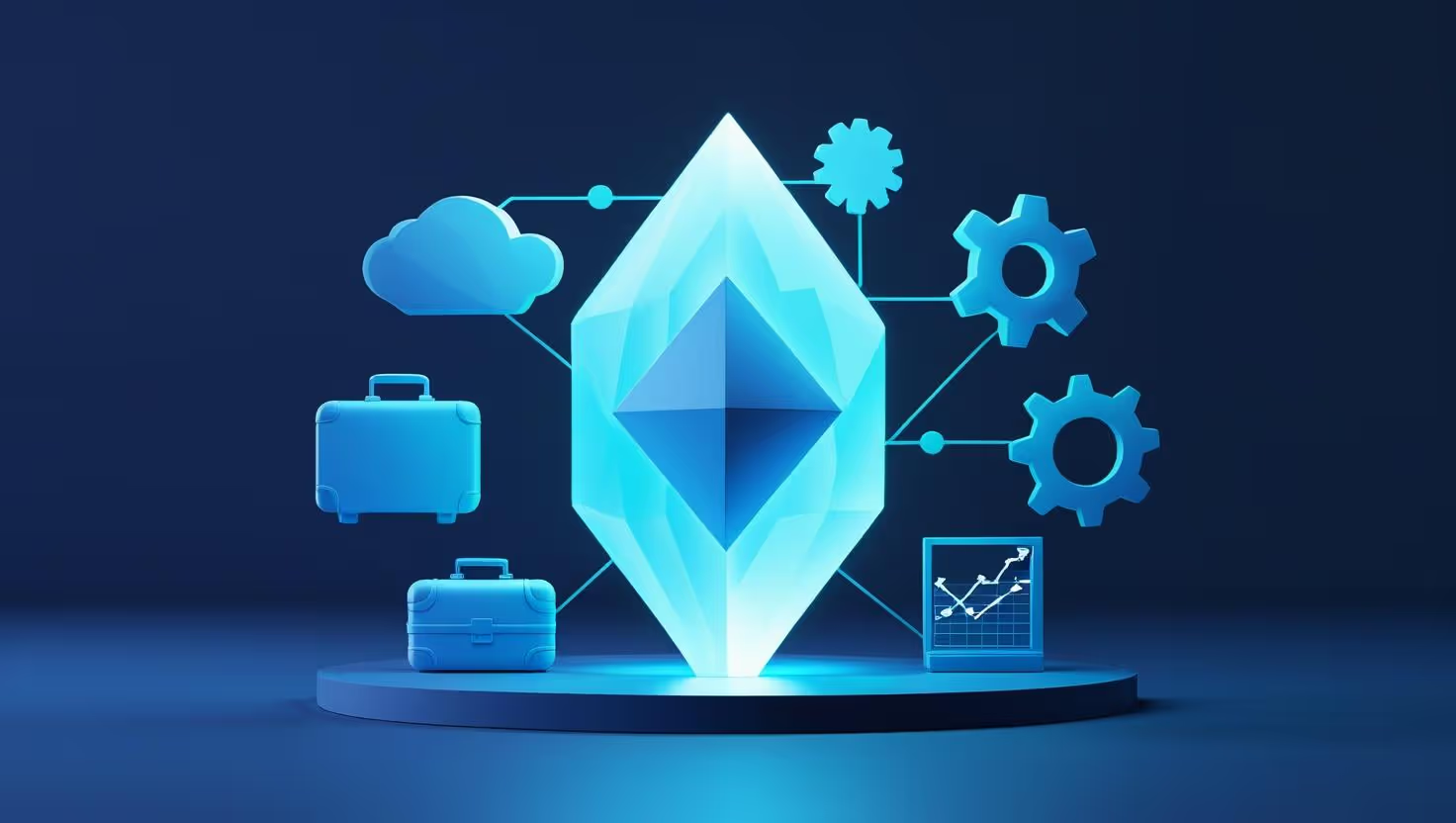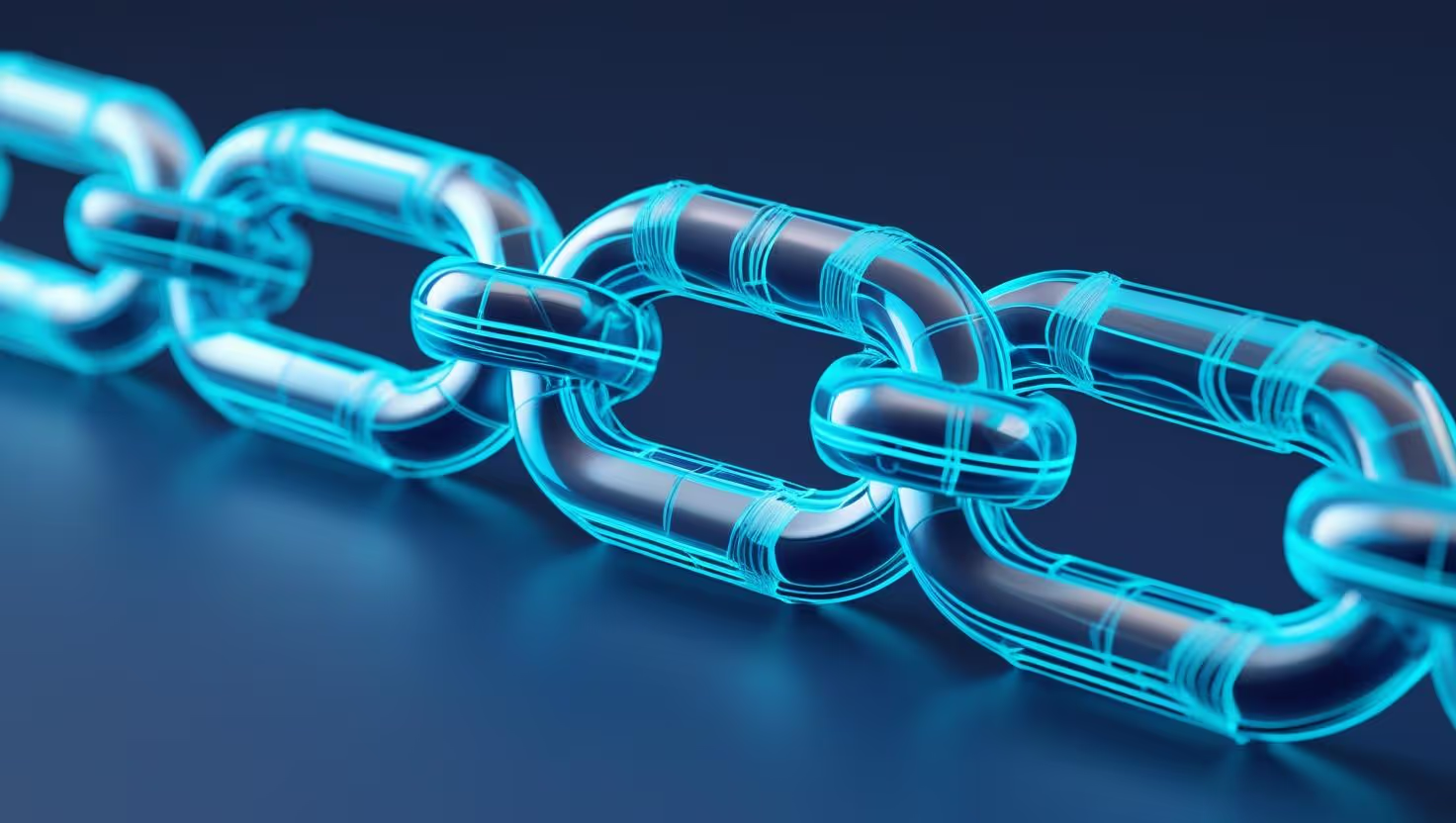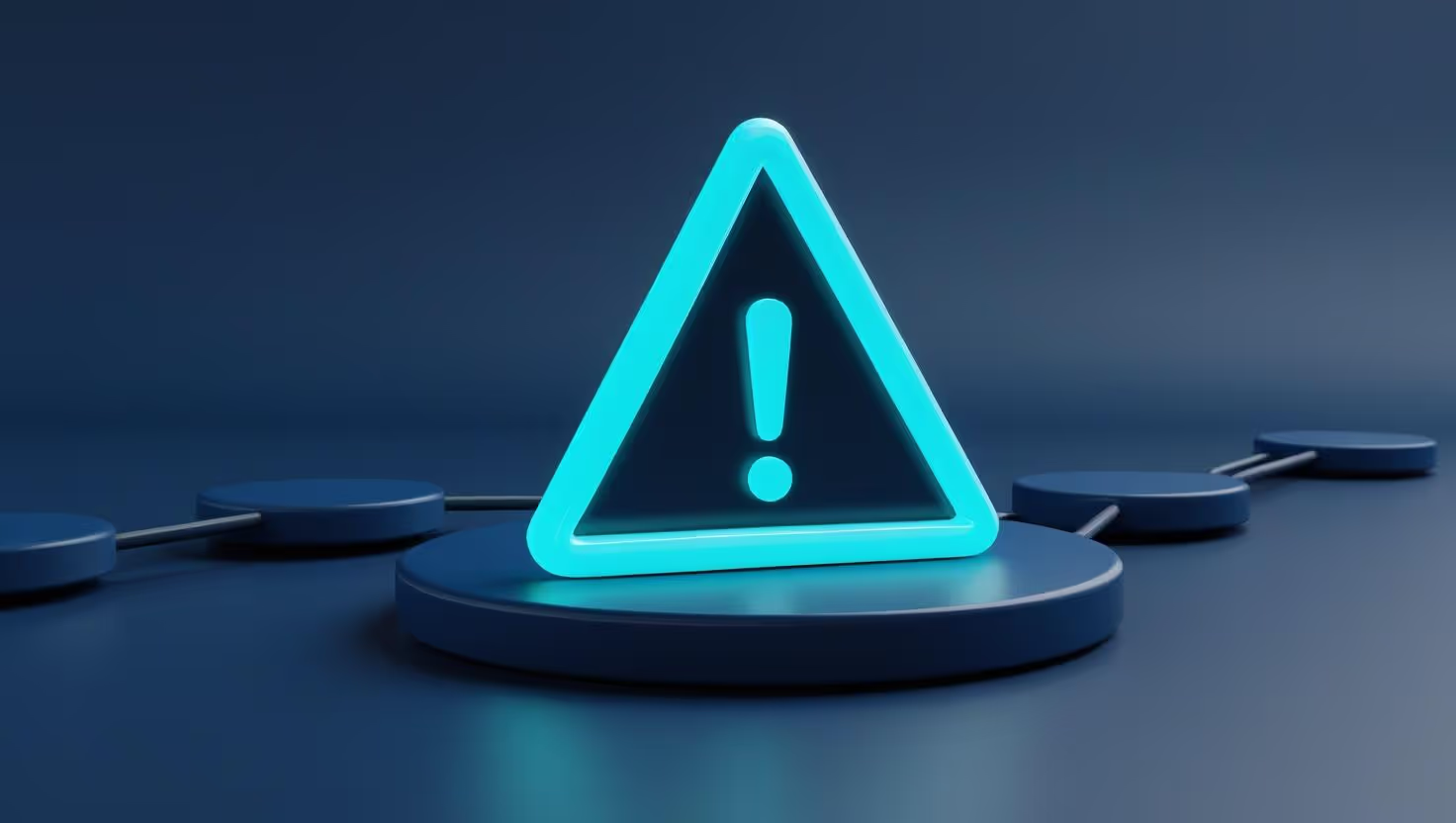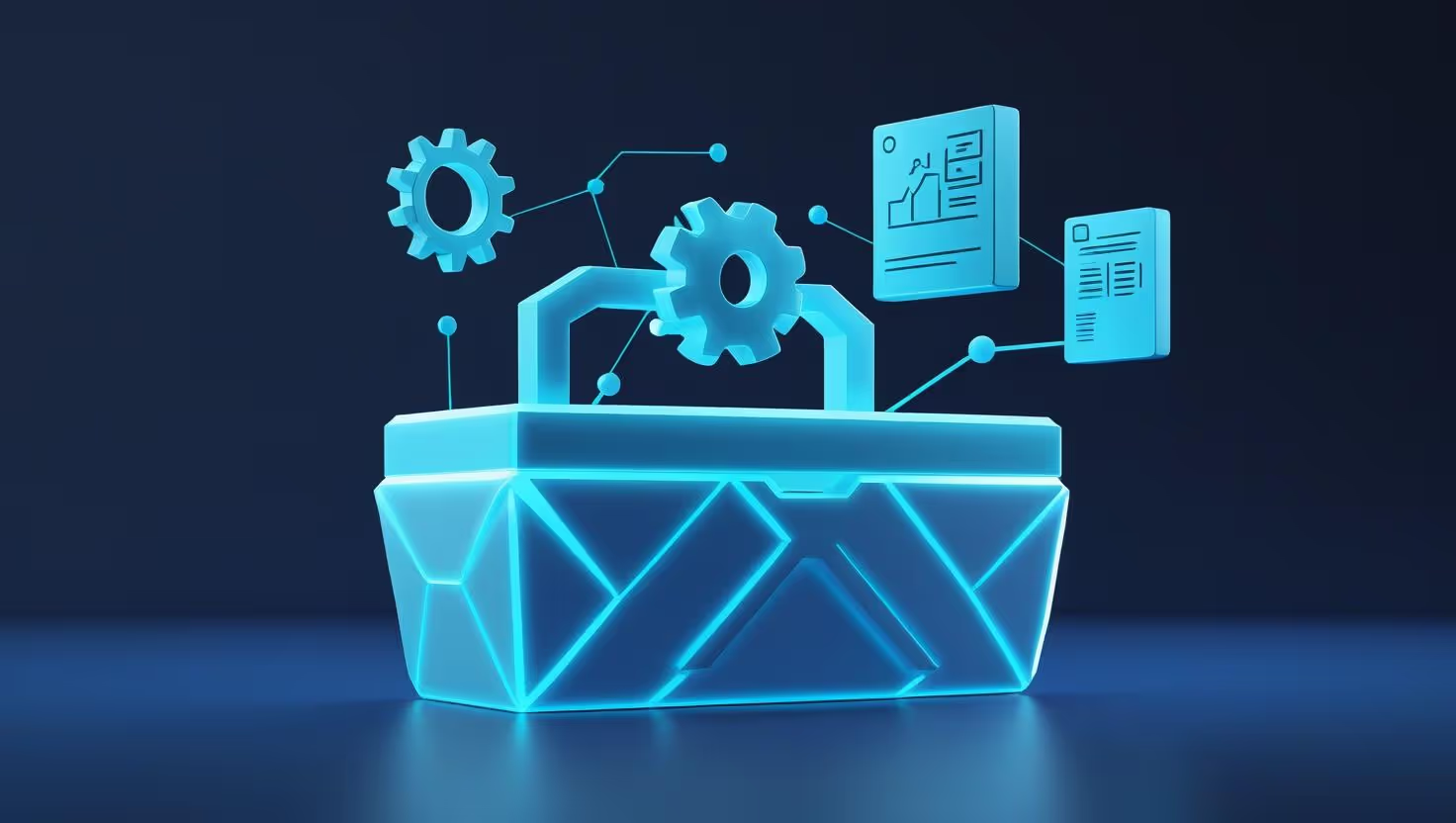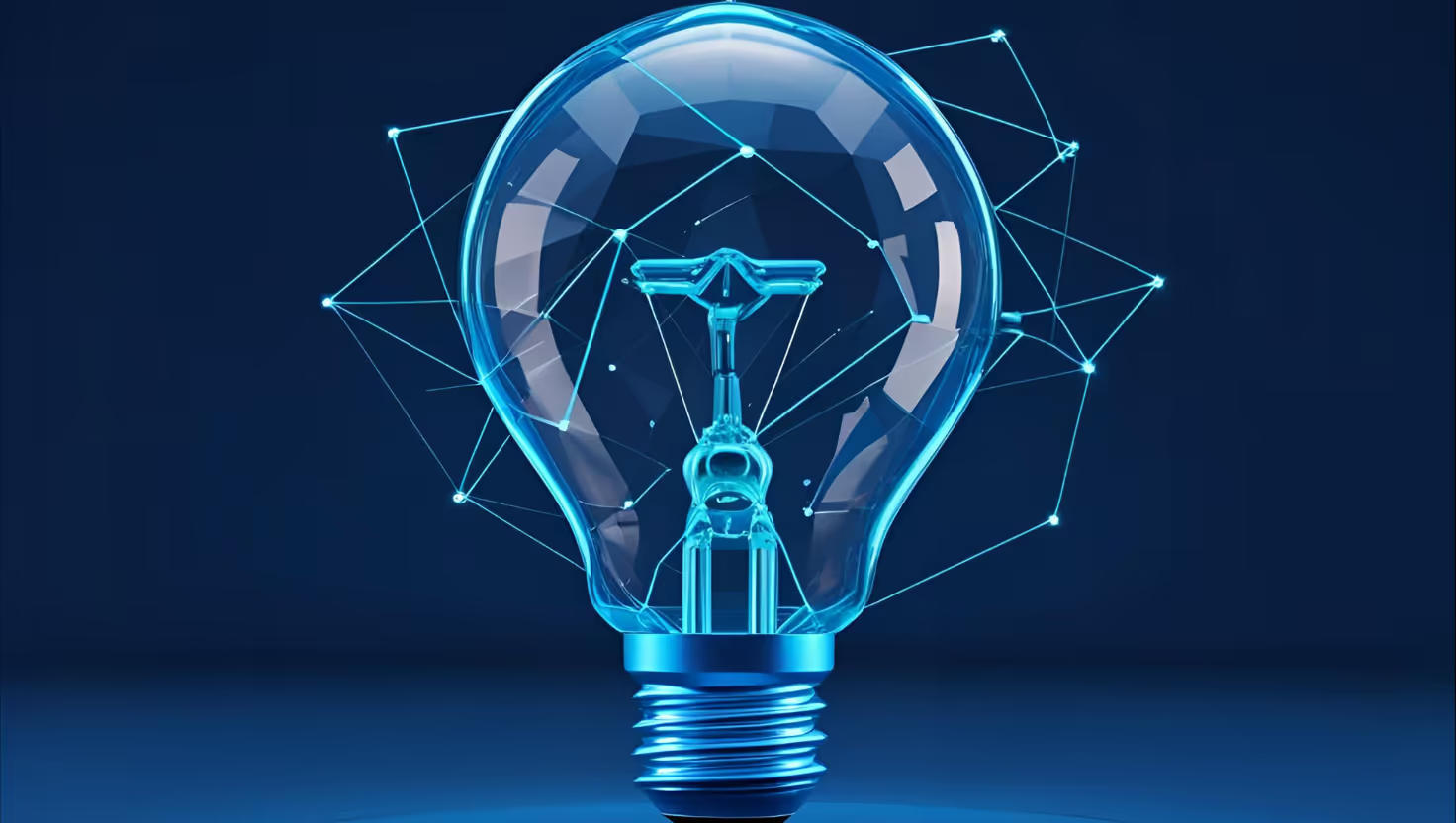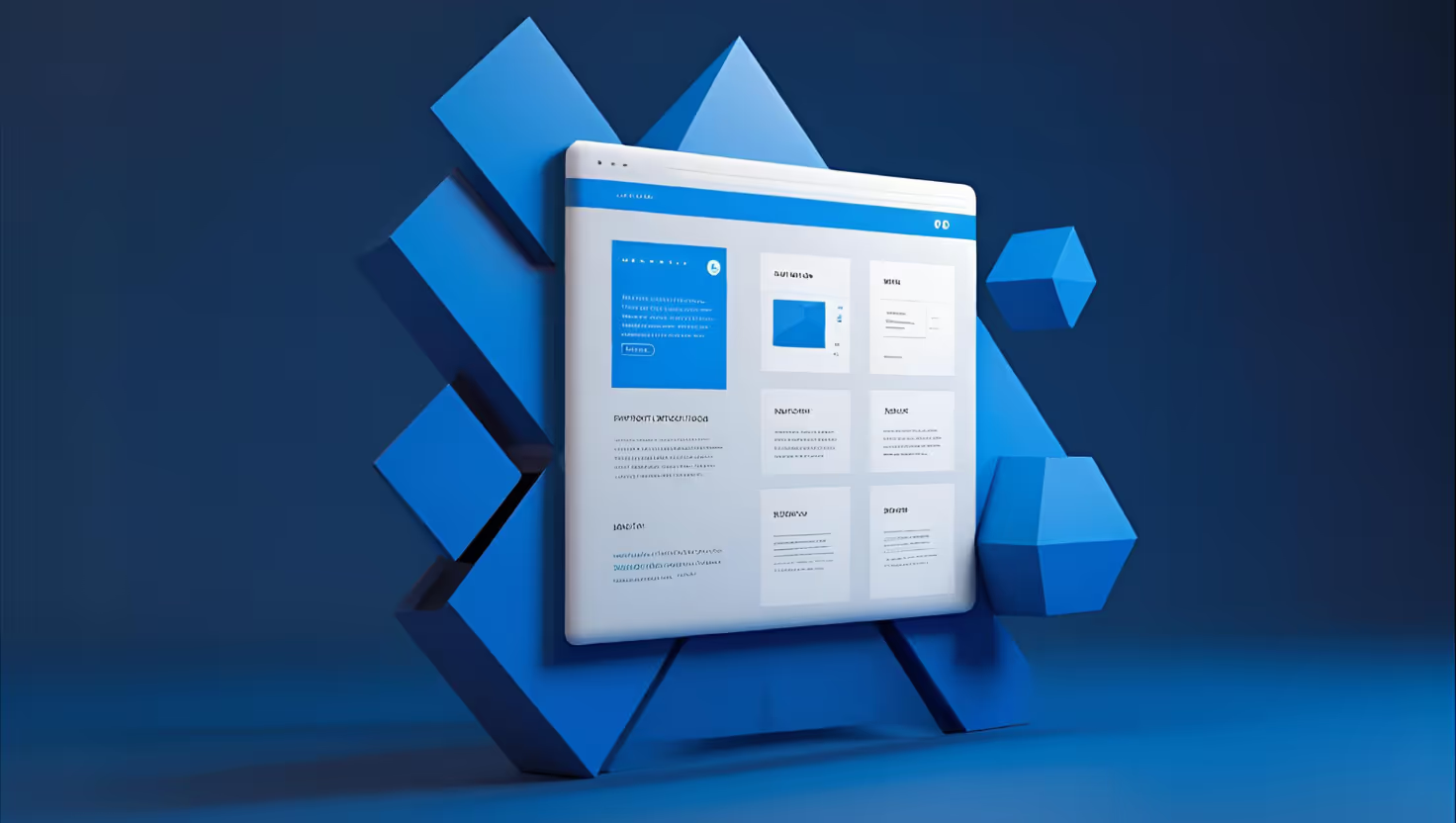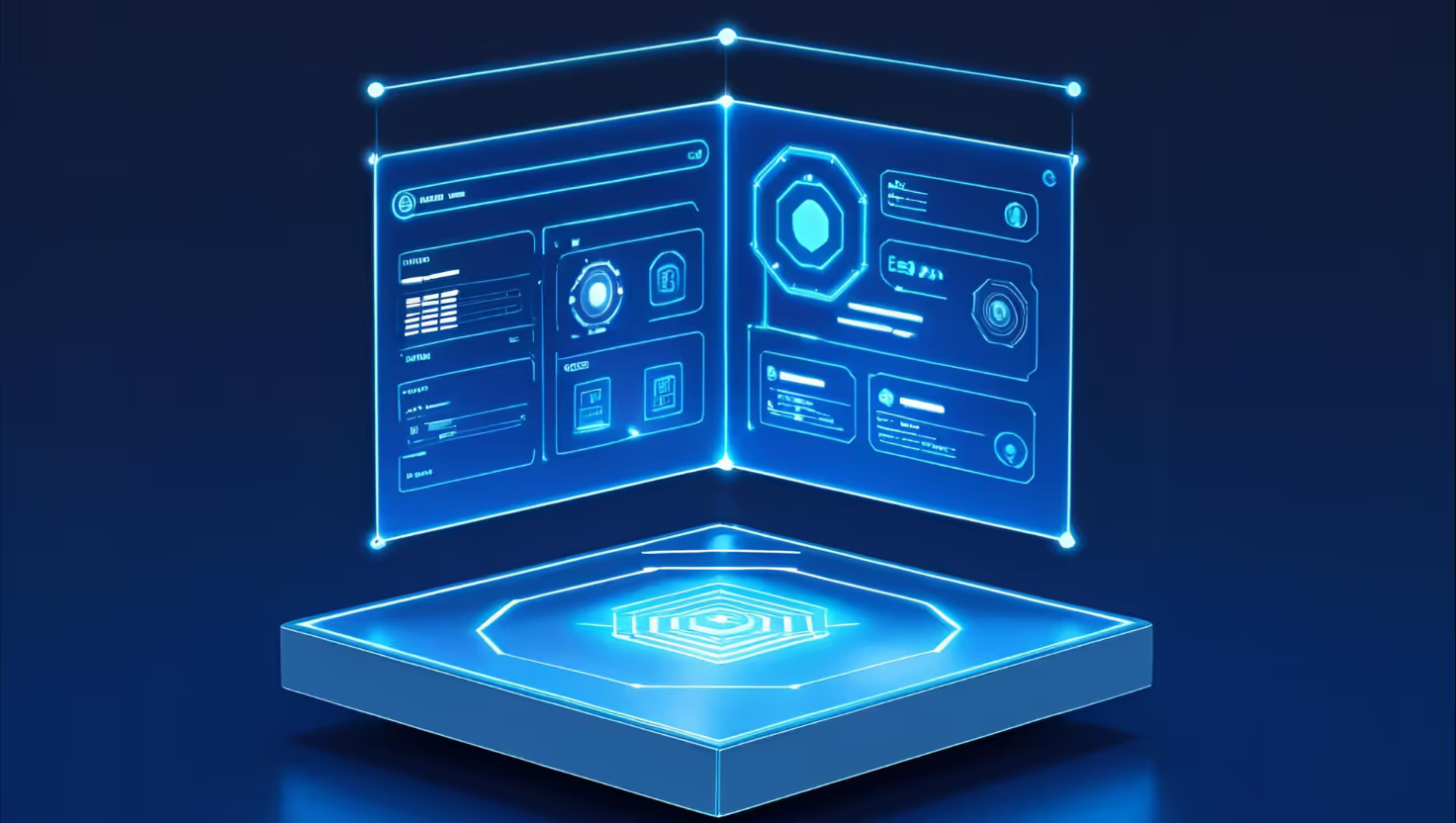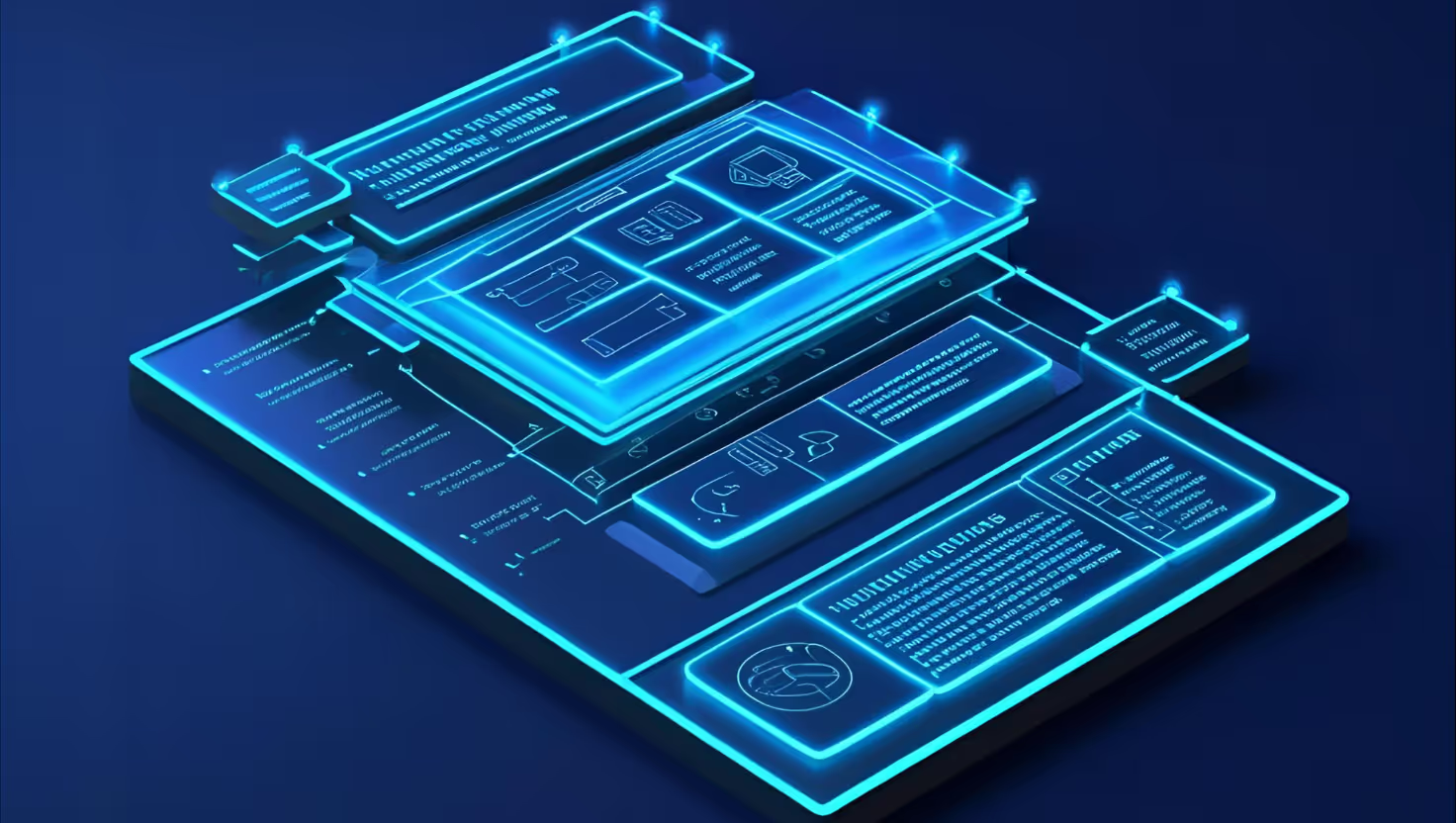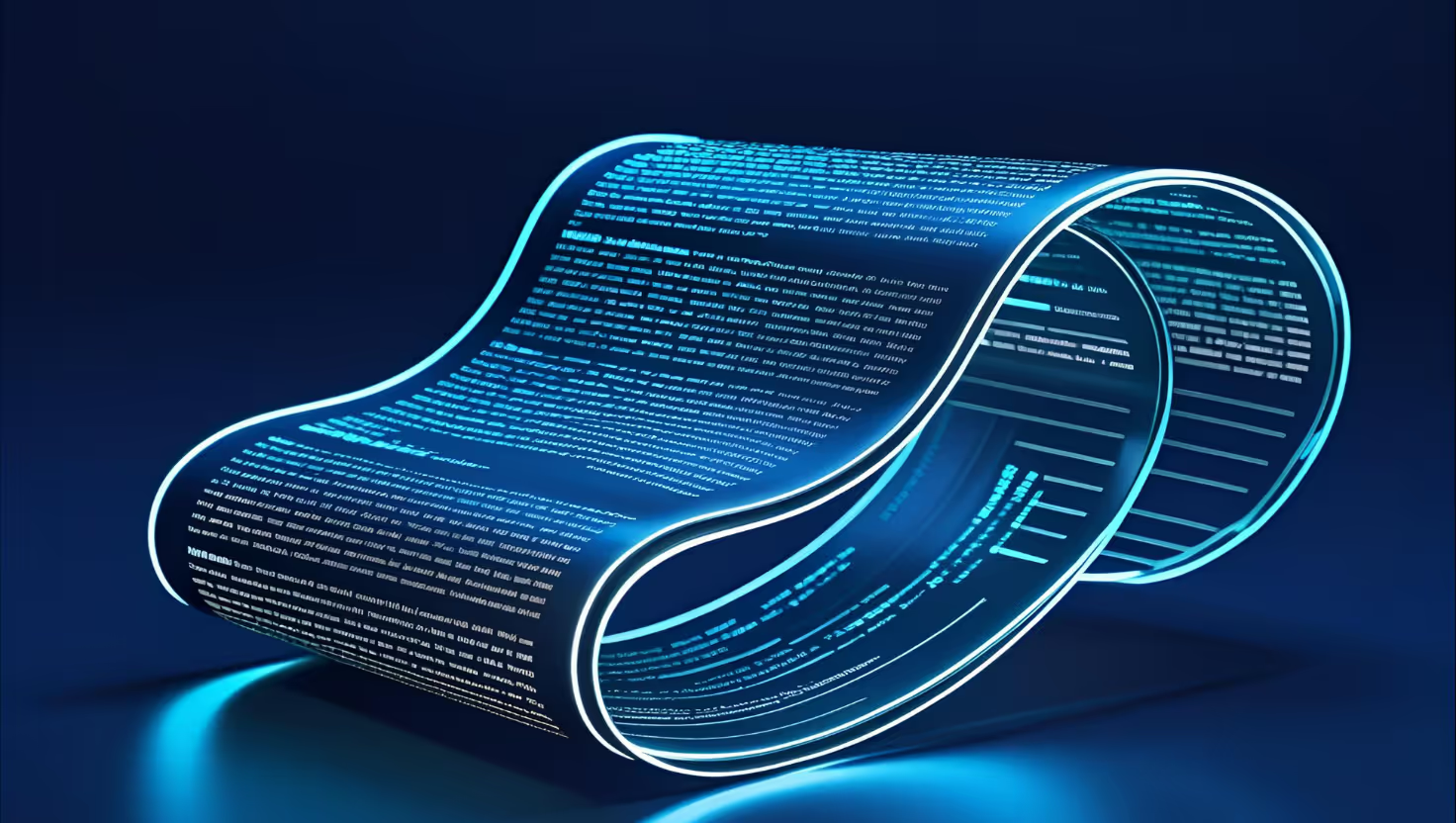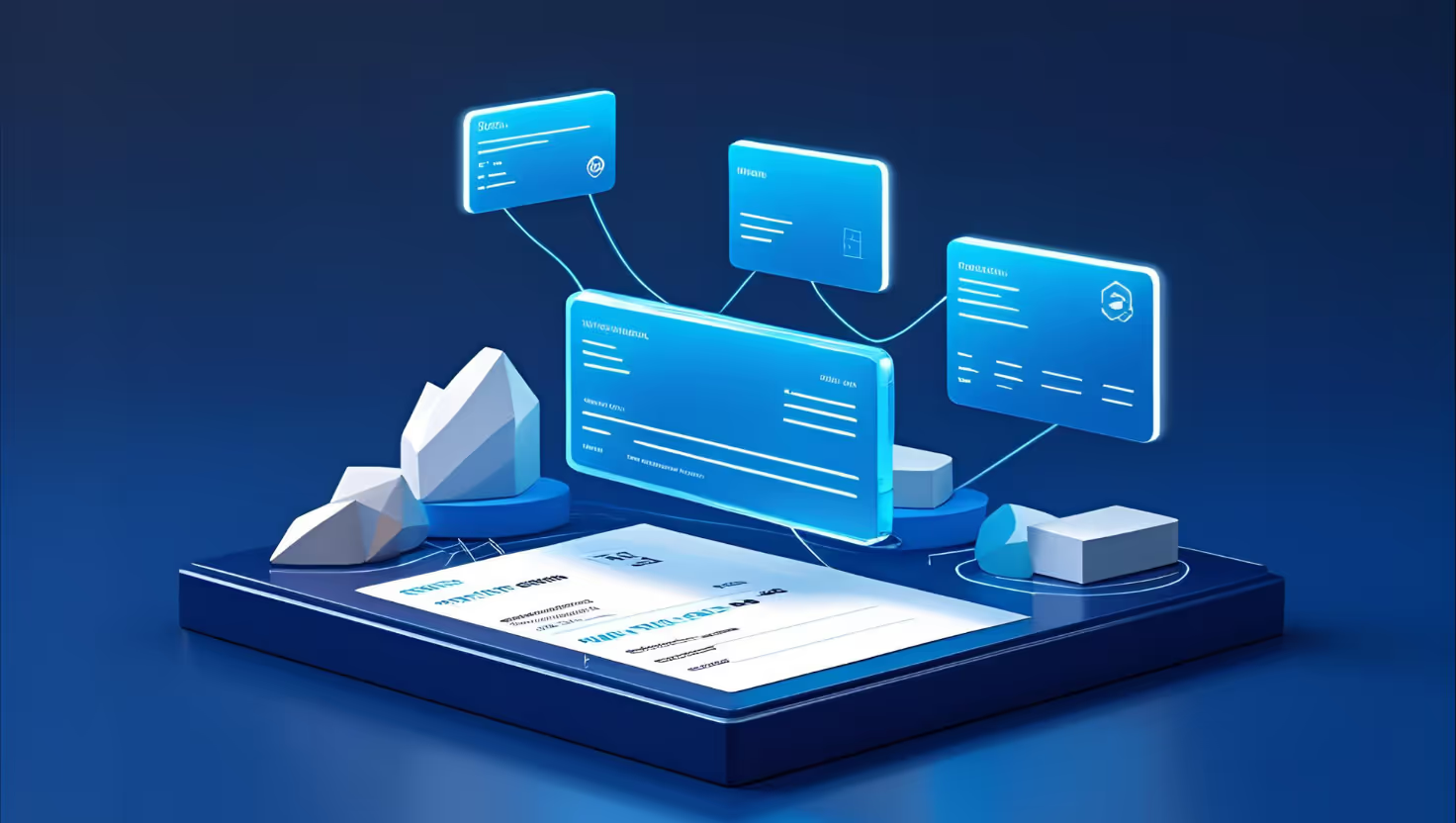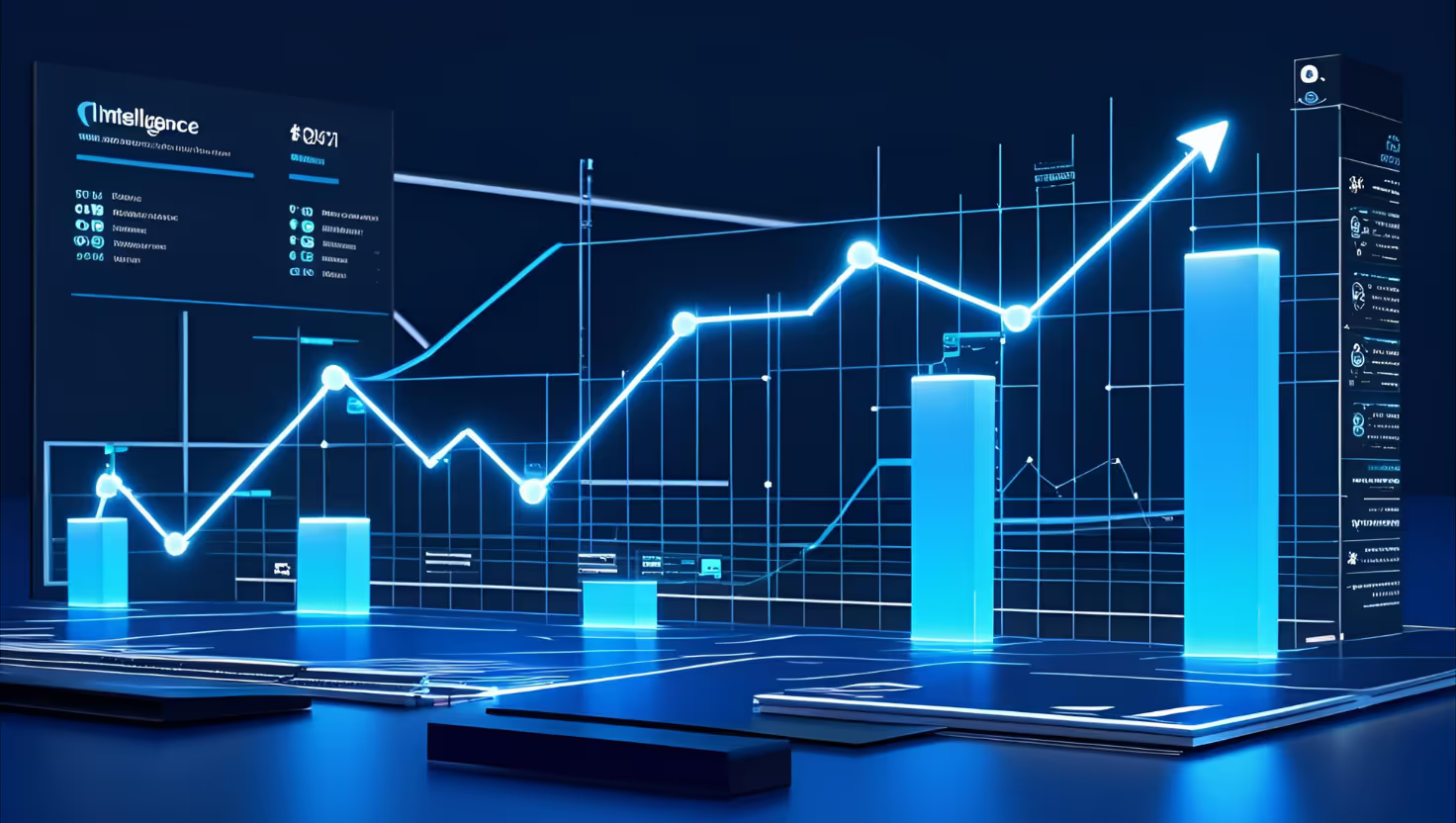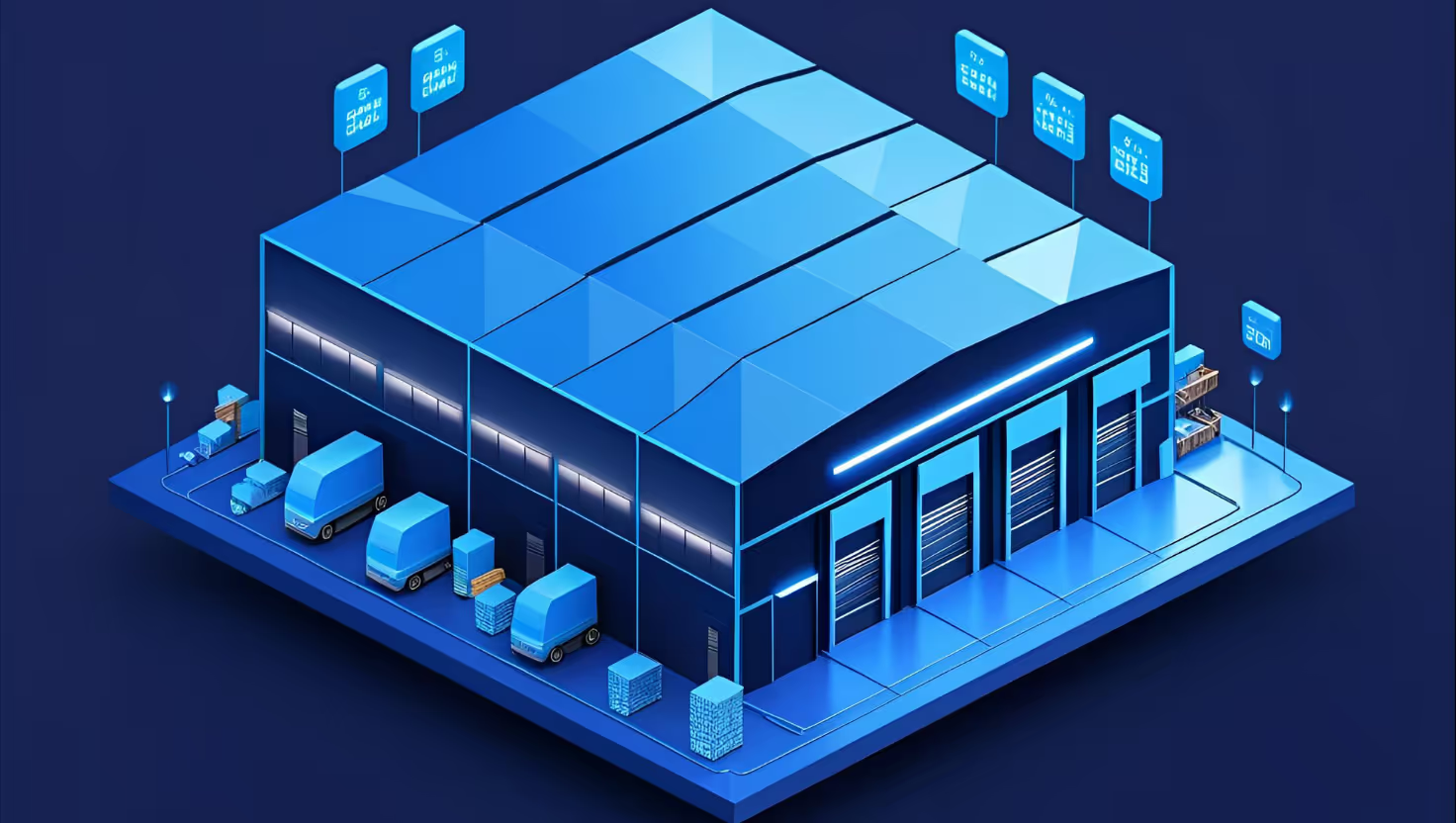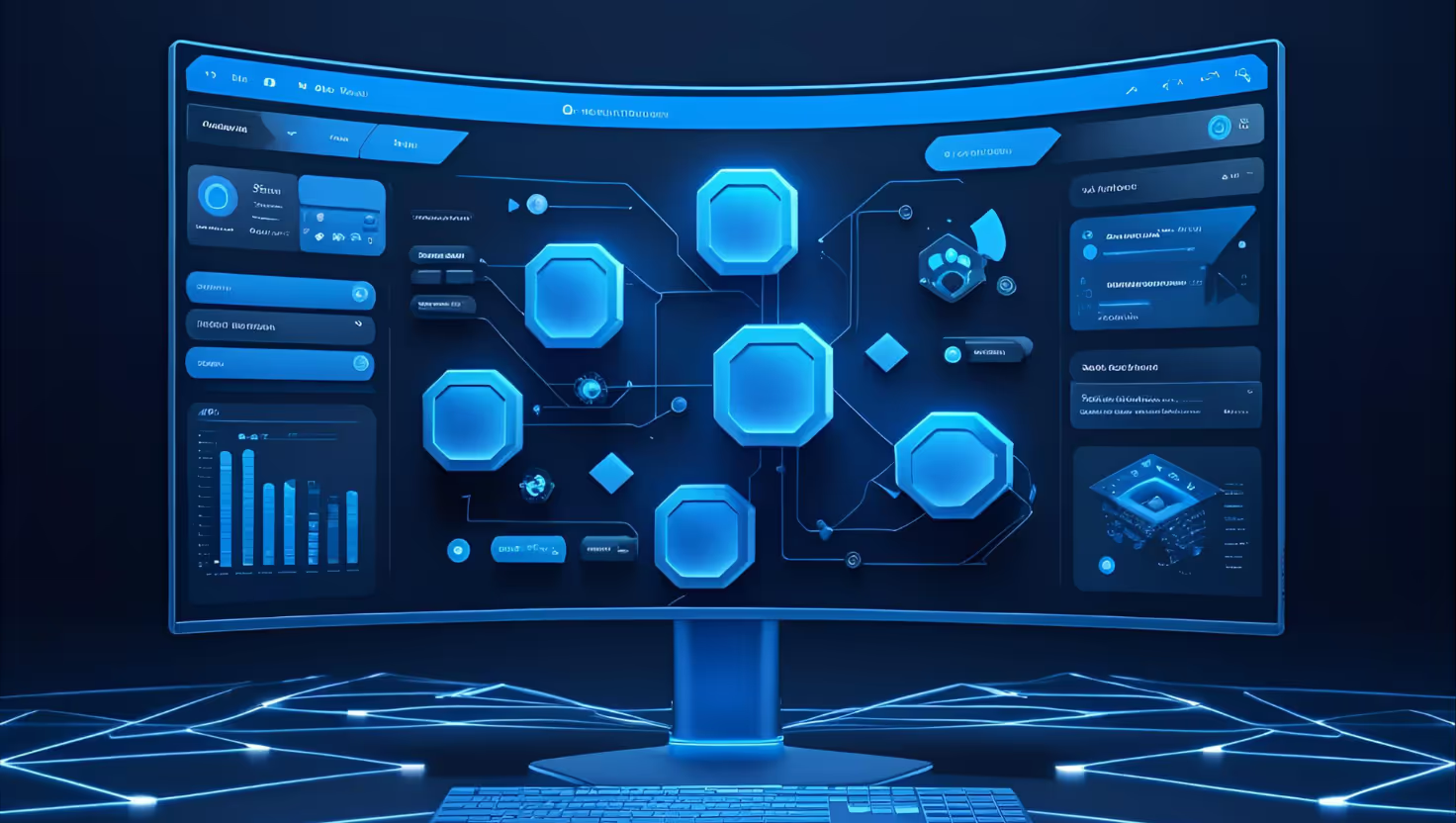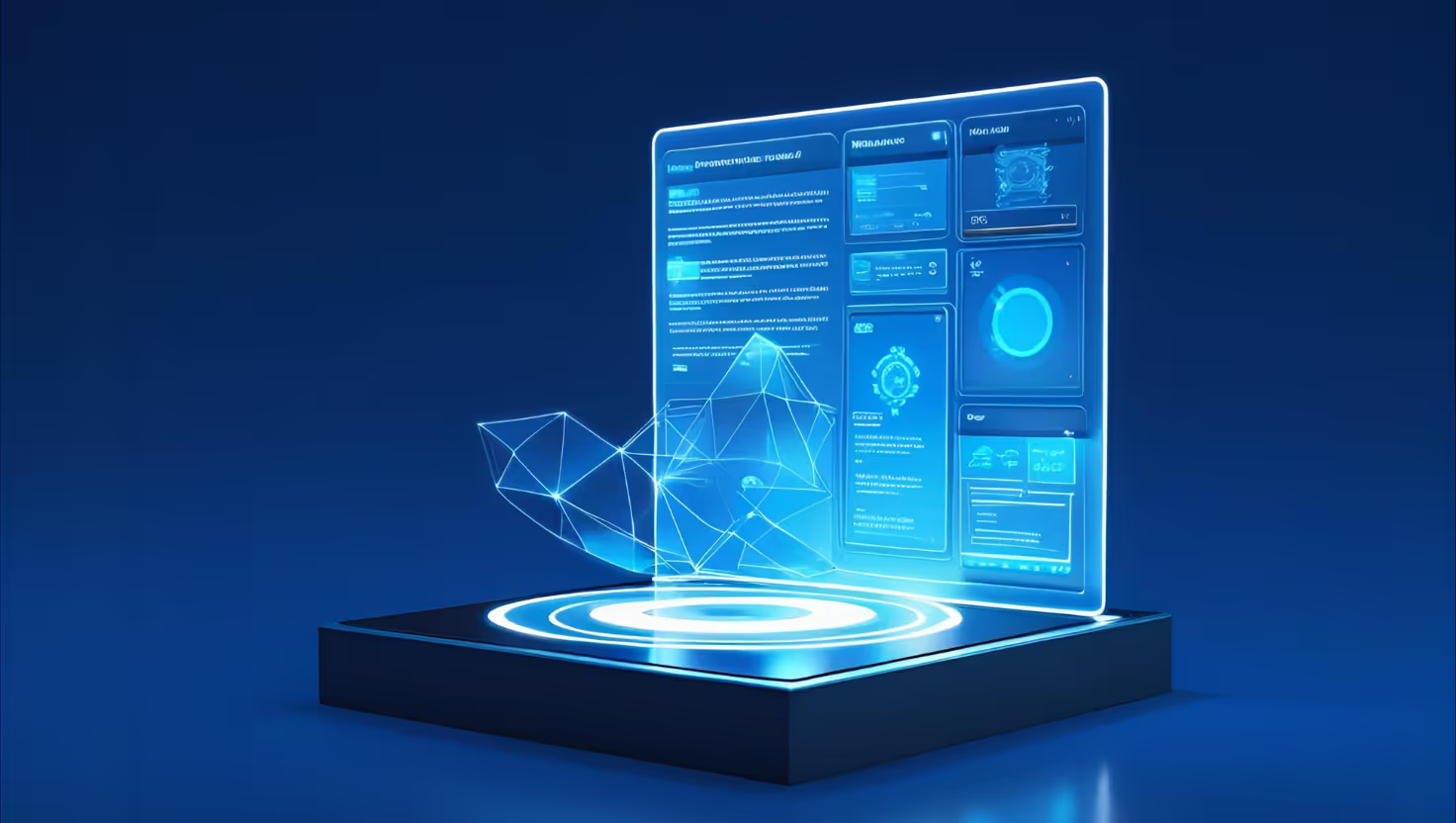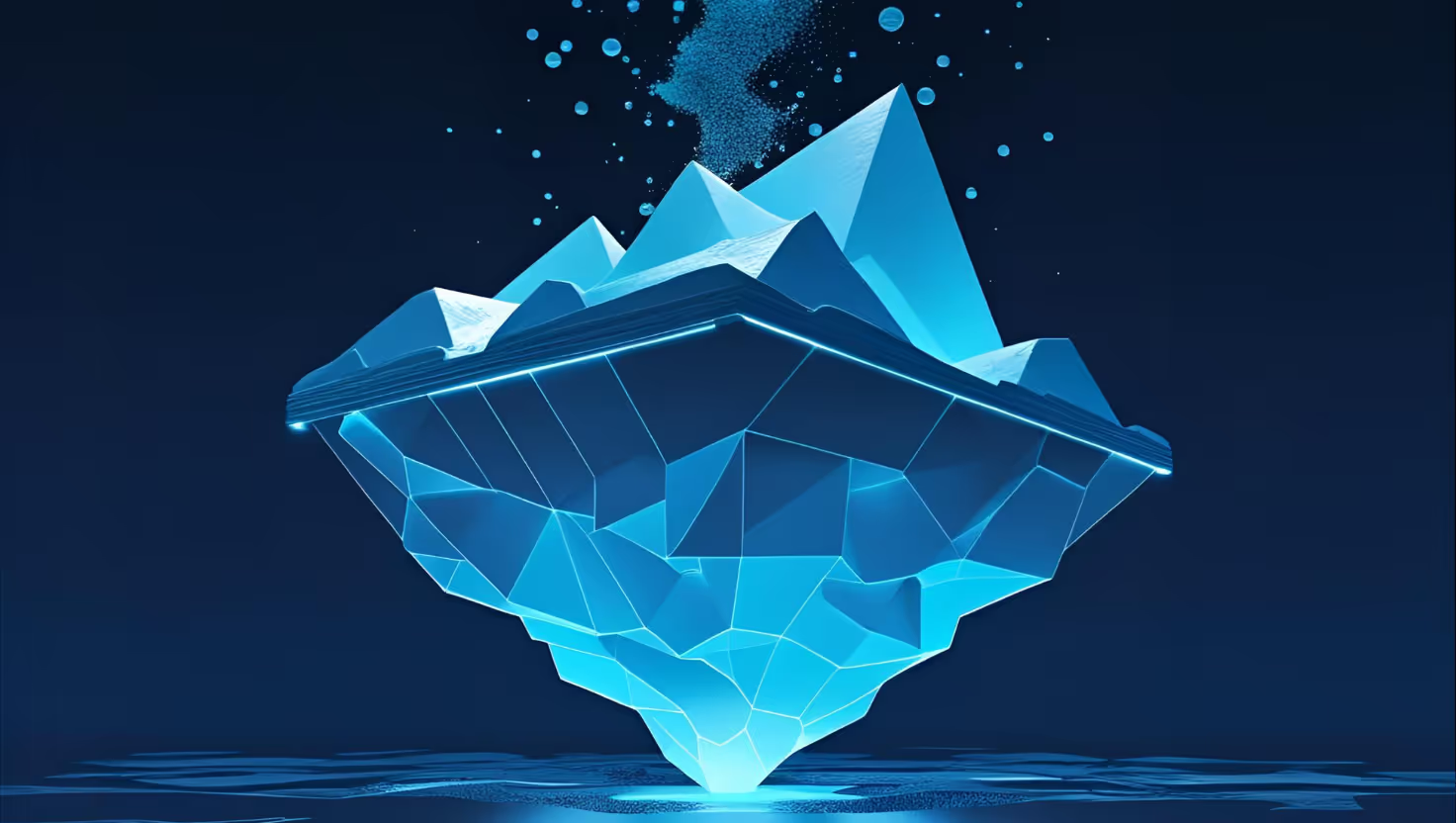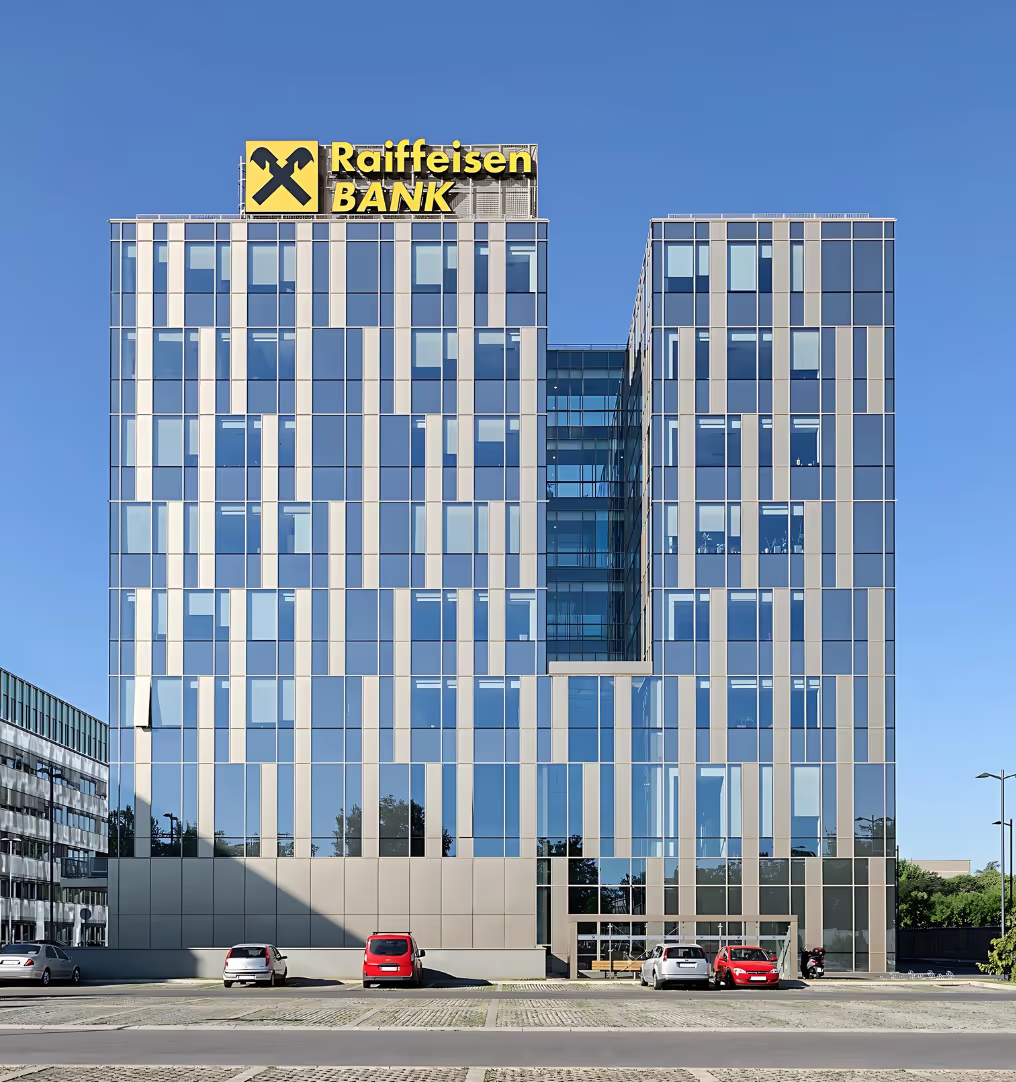The Complete Guide to Understanding the 4 Procurement Maturity Levels

In today's rapidly evolving business landscape, procurement has emerged as a critical function that can significantly impact an organization's success. As global events reshape supply chains and business priorities shift, the role of procurement has transformed from a mere support function to a strategic partner driving value creation. Understanding the different levels of procurement maturity is crucial for organizations aiming to optimize their operations and gain a competitive edge.
The Importance of Procurement in Modern Business
Procurement's role has expanded beyond traditional transaction processing and supplier management. Today, it is a vital component of business strategy, innovation, and sustainability. Organizations excelling in procurement maturity are better positioned to navigate market fluctuations, mitigate risks, and capitalize on opportunities. Optimizing procurement practices allows companies to achieve cost efficiencies, enhance supplier relationships, and support overall business objectives.
Understanding Procurement Maturity Levels
Procurement maturity levels provide a framework for assessing the effectiveness and strategic alignment of an organization's procurement function. These levels range from basic operational activities to advanced strategic initiatives that drive multi-dimensional value. Let’s delve into each level and understand their unique characteristics and impact on organizational performance.
From Operational to Strategic
Advancing from an operational role to a strategic business partner involves several stages. Each level of maturity reflects an increased integration of procurement with broader business goals and a greater emphasis on value creation. This journey is marked by transitioning from essential transaction management to advanced strategic initiatives encompassing innovation, sustainability, and cross-functional collaboration.
Level 1: Support Function Focus (Operational P2P)
At the foundational level, procurement primarily focuses on the fundamental aspects of the purchase-to-pay (P2P) cycle. The main objectives are ensuring that suitable materials are available at the right time, minimizing costs through essential negotiation, and managing transactional activities such as requisitioning, ordering, and payment processing.
The Basics of Purchase-to-Pay (P2P) Cycle
The P2P cycle is the core of operational procurement. It often involves requisitioning materials, placing orders, receiving goods, and processing payments. This level ensures the necessary materials are available for production and operations, maintaining business continuity.
Key Objectives and Activities
At this stage, procurement aims to:
- Ensure timely availability of materials
- Minimize costs through essential negotiation
- Manage transactional activities efficiently
- Ensure compliance with procurement policies
Challenges and Limitations
Procurement at this level is mainly reactive and administrative. The focus is on compliance and managing supplier performance rather than contributing to strategic business planning. The activities are essential for maintaining smooth operations but lack the strategic impact required to drive significant business value.
Level 2: Cost Cutter Focus (Tactical S2C)
As organizations recognize the potential of procurement to drive cost savings, they move to a more tactical approach. At this level, procurement activities become more structured, incorporating strategic sourcing initiatives, basic supplier management practices, and short-term cost-cutting measures.
Strategic Sourcing Initiatives
Strategic sourcing involves systematically evaluating and selecting suppliers for long-term cost savings and supply stability. This includes conducting market analysis, negotiating contracts, and leveraging economies of scale. For more insights on strategic sourcing, you can refer to the CIPS Guide to Strategic Sourcing
Supplier Management Practices
Effective supplier management practices at this level include regular performance reviews, supplier audits, and the development of long-term supplier relationships. These practices help ensure suppliers meet the organization's quality and delivery standards. Learn more about supplier relationship management
Short-term Cost-Cutting Measures
At this stage, the primary focus is achieving immediate cost reductions through competitive bidding, contract renegotiation, and volume discounts. While these measures deliver tangible benefits, they often remain isolated from broader business functions
Level 3: Strategic Sourcing - Siloed Power Game & Category Management Focus
At this level, procurement begins to align more closely with business strategies. The focus shifts to managing categories to optimize savings and support long-term organizational goals. However, traditional category management often remains within a siloed framework, leading to several limitations.
Overview of Category Management
Category management involves grouping similar products or services to leverage purchasing power and achieve significant savings. This approach allows procurement teams to develop specialized strategies for different categories, enhancing efficiency and effectiveness. check out why Procurement Leaders think old school category management is no longer effective.
Traditional Frameworks like the Kraljic Matrix
The Kraljic Matrix is a widely used framework in category management. It categorizes products based on supply risk and profit impact, helping procurement teams prioritize sourcing strategies. However, this approach can be overly tactical and fail to account for the unique needs of different business units. Read more about the Kraljic Matrix from CIPS.
Limitations of Siloed Approaches
Despite intentions to support strategic objectives, siloed procurement practices can lead to several challenges:
- Limited collaboration with other business units
- A narrow focus on internal procurement efficiencies
- Inability to fully align with broader business goals
While this level represents a significant improvement over previous stages, it still falls short of accurate strategic alignment.

Level 4: NextGen Strategic Procurement (Truly Strategic)
This is where procurement truly comes into its own as a strategic business partner. At this level, procurement transcends traditional roles to fully align with overarching business objectives. Critical characteristics of NextGen Strategic Procurement include scenario modeling, multi-dimensional value creation, cross-functional collaboration, digital transformation, agility and responsiveness, risk management, and sustainability focus.
Characteristics of NextGen Strategic Procurement
NextGen Strategic Procurement is characterized by a holistic and integrated approach that aligns procurement strategies with overall business goals. It focuses on creating value across multiple dimensions, including cost savings, sustainability, resilience, and innovation.
Scenario Modeling : Scenario modeling provides a comprehensive view of procurement activities, incorporating various business requirements and external factors. This approach allows procurement teams to develop strategies adaptable to changing market conditions and aligned with overall business goals.
Multi-dimensional Value Creation for Business: Procurement at this level focuses on creating value beyond cost savings. This includes enhancing sustainability, driving innovation, and improving supply chain resilience. By adopting a multi-dimensional approach, organizations can achieve more significant long-term benefits.
Cross-functional Collaboration: Early engagement with various departments ensures that procurement strategies are aligned with their needs and objectives. This fosters a unified approach and enhances the strategic impact of procurement activities.
Digital Transformation: Advanced technologies, including AI and machine learning, are leveraged to enhance decision-making, streamline operations, and drive innovation. Digital transformation enables procurement teams to become more agile and responsive to changing market conditions. For more information on digital transformation in procurement, visit Gartner's insights on procurement technology
Agility and Responsiveness: Integrating digital systems helps procurement teams quickly adapt to market fluctuations and evolving business needs. This agility ensures that procurement remains a strategic asset in a dynamic business environment.
Advanced Risk Management: Advanced risk assessment and mitigation strategies are implemented to ensure a resilient supply chain. This includes identifying potential risks, developing contingency plans, and proactively managing supplier relationships. For more on risk management, refer to this whitepaper by Sphera.
Sustainability Focus: Procurement plays a crucial role in driving sustainability initiatives throughout the supply chain. This includes sourcing from environmentally responsible suppliers, reducing waste, and supporting sustainable production practices.
The impact of NextGen Strategic Procurement is significant, with benchmarks indicating potential value generation up to 4.4 times higher than traditional approaches. For further reading on why NextGen is the way forward, check out the ebook "Category Management is Dead: What Comes Next" from us.
Navigating the Path to Procurement Excellence
Regardless of your organization's procurement maturity curve, there's always room for improvement. Here are some critical steps to consider as you work towards achieving NextGen Strategic Procurement:
Assess Your Current State: Conduct a thorough evaluation of your procurement function to understand your maturity level. This involves reviewing existing processes, identifying gaps, and benchmarking against industry standards.
Set Clear Goals: Define what you want to achieve with your procurement function and how it aligns with your business strategy. Setting clear goals provides direction and helps prioritize procurement initiatives.
Invest in Technology: Embrace digital transformation by implementing advanced procurement tools and platforms to streamline processes and provide valuable insights. Technology investment is crucial for enhancing procurement efficiency and effectiveness.
Develop Your Team: Invest in training and development to ensure your procurement team has the skills to operate strategically. This includes developing competencies in strategic processes for procurement, risk management, and sustainability.
Foster Collaboration: Break down silos by encouraging cross-functional collaboration and early stakeholder engagement in procurement decisions. This ensures that procurement strategies are aligned with the needs and objectives of different business units.
Implement Scenario Modeling: Adopt advanced methodologies like scenario modeling to enhance decision-making and strategic alignment. Scenario modeling helps develop adaptable strategies for various business requirements and market conditions.
Focus on Sustainability: Integrate sustainability into your procurement strategies to meet regulatory requirements and stakeholder expectations. Sustainable procurement practices can drive long-term value and support corporate social responsibility goals.
Continuously Improve: Review and refine your procurement strategies regularly to align with evolving business needs and market conditions. Continuous improvement is essential for maintaining procurement excellence and achieving long-term success.
Conclusion: Embracing the Future of Procurement
As we navigate an increasingly complex business environment, procurement's role continues to evolve. Moving beyond traditional cost-cutting measures, NextGen Strategic Procurement can potentially drive significant value creation across multiple dimensions.
Organizations can transform their procurement function into a powerful driver of business success by understanding the different levels of procurement maturity and working towards achieving accurate strategic alignment. Whether you're just starting your journey or looking to take your procurement function to the next level, embracing the principles of NextGen Strategic Procurement can help you stay ahead in today's competitive business landscape.
The journey toward procurement excellence is not about chasing the next framework or digital tool, but about fundamentally rethinking how procurement creates value. As traditional models like the Kraljic Matrix or siloed category management lose relevance, the future belongs to organizations that embrace collaboration, sustainability, and AI-augmented decision-making. At akirolabs, we see this shift every day with our customers. By embedding next-generation methodologies such as strategic scenario modeling, procurement with purpose, and human-AI augmentation, we are helping procurement leaders redefine their role—from cost managers to value architects.
This transformation is not just theoretical; it is happening in practice. Leading enterprises across industries are already leveraging akirolabs to co-create strategies with their stakeholders, align procurement with business priorities, and capture multidimensional value—savings, sustainability, innovation, resilience—at once. The result is a procurement function that is no longer reactive or transactional, but always-on, future-proof, and business-critical.
We believe the next era of procurement is already unfolding—and it requires bold leadership. To illustrate how this vision comes to life, we invite you to watch our short video where we showcase how akirolabs enables procurement teams to move up the maturity curve and deliver 4–5x higher value. The only question is: will you lead this transformation, or follow?
What makes a successful pilot with akirolabs?
We define success collaboratively with your team. Typical outcomes include strategy creation for priority categories, measurable process improvements, and internal alignment. We provide full support and a clear roadmap for evaluation.
Can I try the platform hands-on after the demo?
Yes, we offer guided pilots and sandbox environments depending on your stage in the buying process. These give you and your team the opportunity to explore features in your own context.
Can I see how akirolabs would work with our specific categories?
Yes, we can tailor the demo to showcase how akirolabs works with your specific categories and procurement structure. Let us know your priority areas in advance, and we'll customize the demonstration accordingly.
Who should attend the demo from my organization?
We recommend including key stakeholders from your procurement leadership team, category management function, and procurement excellence or transformation groups. Including business stakeholders can also be valuable to demonstrate how the platform facilitates cross-functional collaboration.
How long does a typical demo take?
A standard demo takes approximately 45-60 minutes, allowing time for a comprehensive overview of the platform and discussion of your specific requirements. We can adjust the timing based on your availability and areas of interest.
What will I see during an akirolabs demo?
During the demo, you'll see the complete akirolabs Category Strategy Workbench in action, including the collaborative workflow, AI-powered insights from akiroAssist, strategic scenario modeling capabilities, and the Strategy One-Pager feature. We'll customize the demonstration to focus on aspects most relevant to your organization's needs.
Ready to Transform Your Procurement Strategy?
There’s a better way to do procurement. This is IT.
.avif)
